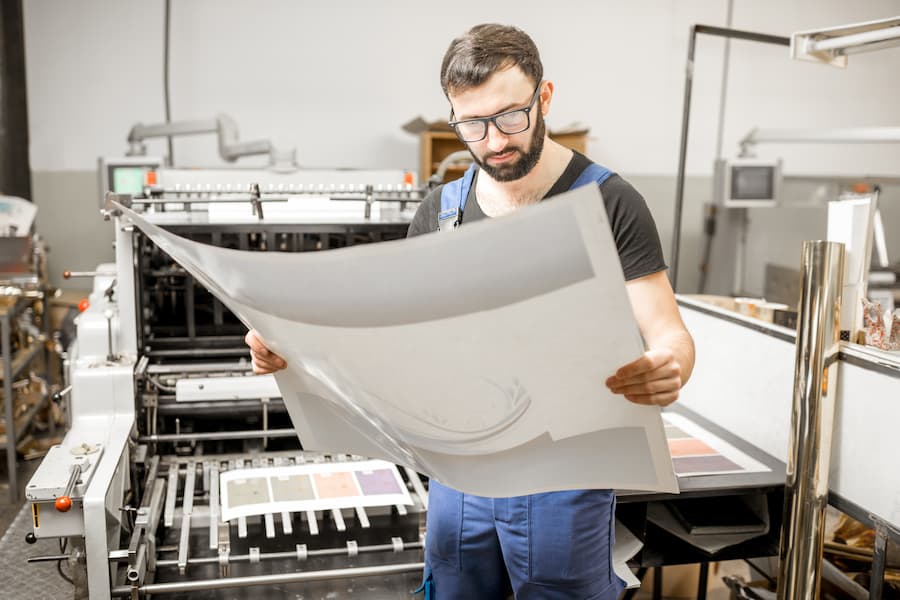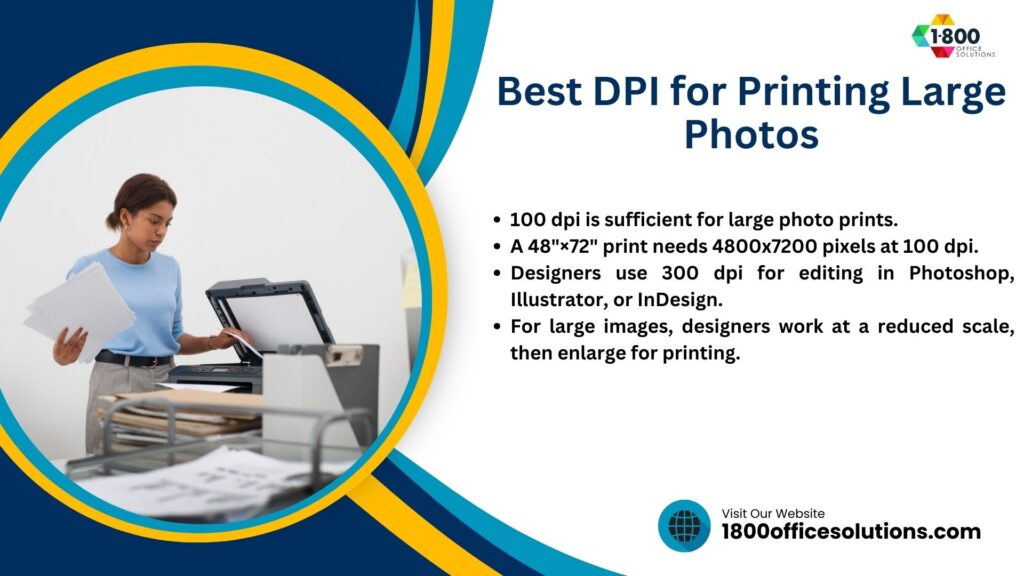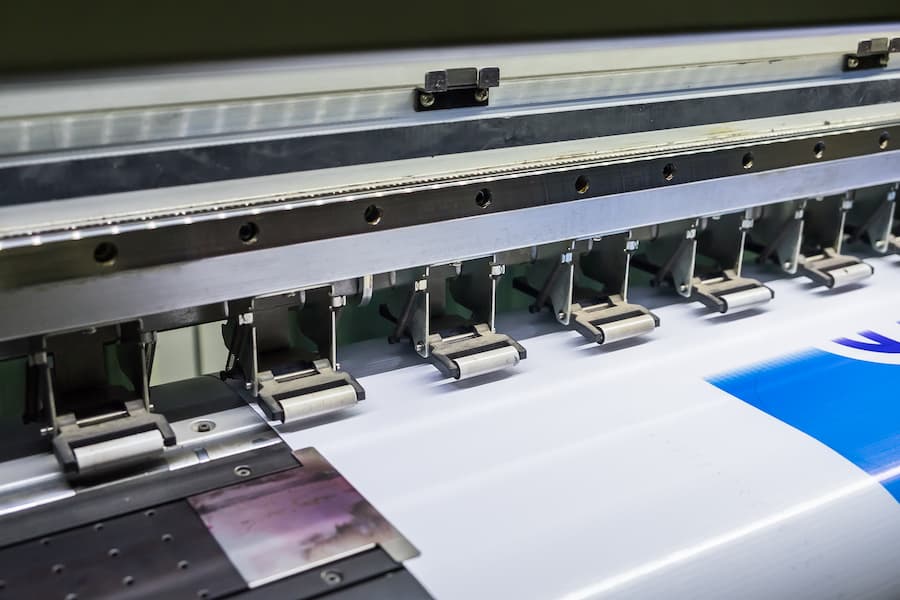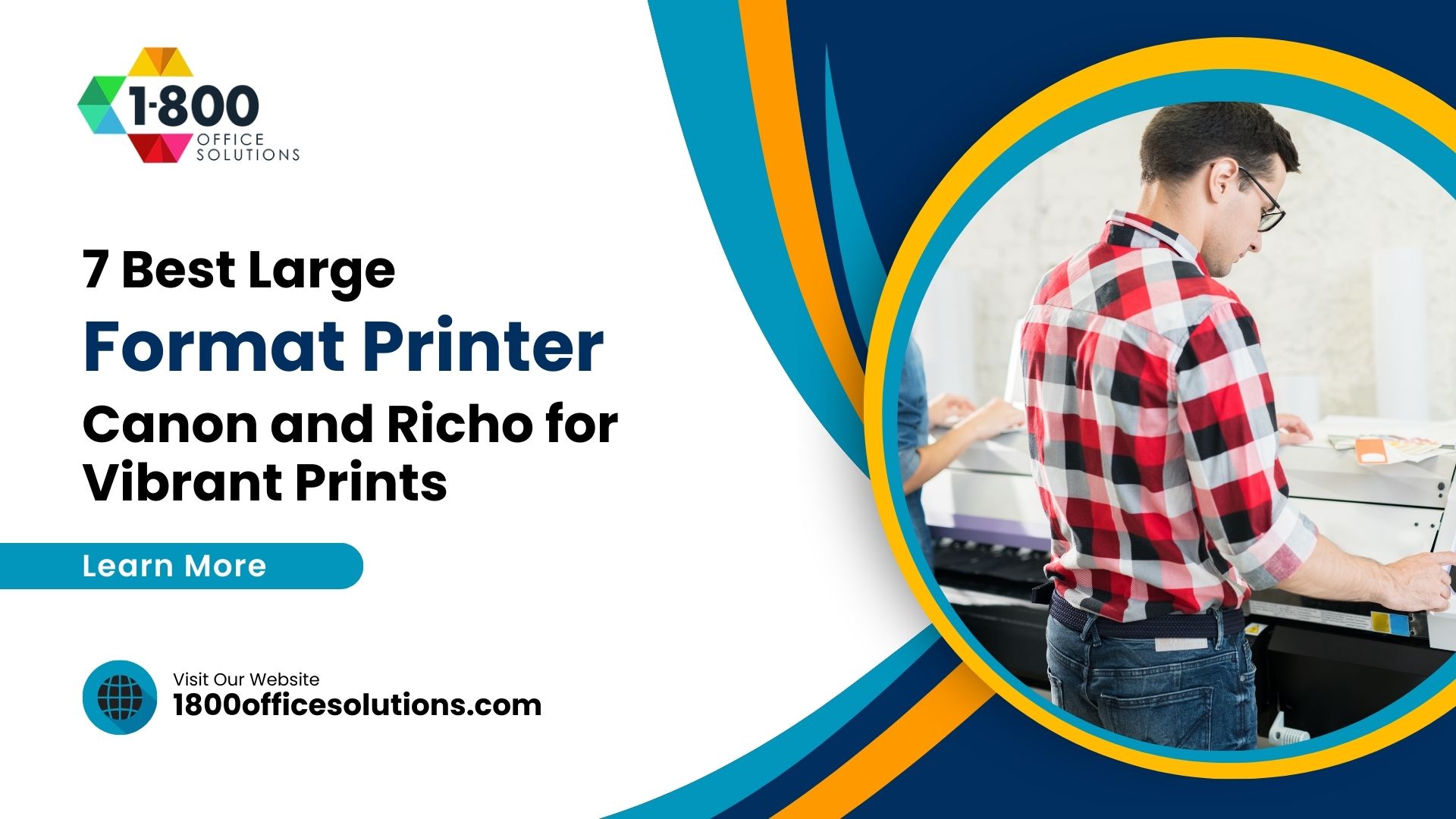Ultimate Guide to Large Format Printing Resolution: Techniques and Tips
Large Format Printing Resolution
Large format printing, a term that often conjures images of expansive banners, detailed maps, and eye-catching posters, stands as a cornerstone in the realm of visual communication. At its core, this printing technique is celebrated for its ability to produce materials of substantial size without compromising on the sharpness or clarity of the graphic details.
Therefore, the importance of resolution in this context cannot be overstated. High resolution ensures that even the most intricate designs are rendered with precision, making every detail pop and allowing the message to be conveyed effectively.
However, not all resolutions are created equal, and understanding the nuances between DPI (dots per inch) and PPI (pixels per inch) is crucial for anyone venturing into this field. Explore Adobe Creative Cloud tutorials for enhancing image resolution to gain a deeper understanding of how to prepare your images for large format printing.
Understanding Resolution in Large Format Printing
At its simplest, resolution denotes the number of dots or pixels that fit into a linear inch of space, serving as a measure of the detail an image holds. DPI, or dots per inch, refers specifically to the density of dots a printer can place on a given inch of paper. In contrast, PPI, or pixels per inch, measures the density of pixels in a digital image.
High resolution translates to a higher density of dots or pixels, which in turn leads to sharper, clearer images. For instance, a large format print with a high DPI will showcase intricate details without blurriness or pixelation, a critical factor in large-scale applications where clarity is paramount. Similarly, ensuring an image has a high PPI before it goes to print can prevent it from looking pixelated or blurred when scaled up to full size.
Therefore, grasping the interplay between DPI and PPI is essential for achieving the desired quality in large format prints. Above all, it’s about understanding that a higher resolution often means a better-quality print, but also a larger file size, which can pose its own set of challenges.
Optimal Resolution for Large Format Prints
Determining the optimal resolution for large format prints depends on various factors, including the type of print (be it a banner, poster, or billboard) and its intended use. For instance, a banner meant to be viewed up close demands a significantly higher resolution, ideally around 300 dpi, to ensure every detail is crisp and clear.
On the other hand, billboards, viewed from a considerable distance, can get by with a lower resolution because the individual dots or pixels blend together at such distances, creating a coherent image without the need for excessive detail.
Factors such as viewing distance and print size play pivotal roles in deciding the appropriate resolution. A rule of thumb is that the larger the print size and the closer the viewing distance, the higher the resolution needed to maintain image quality. Guidelines on preparing files for printing provide invaluable advice on adjusting resolution based on these parameters.
In addition, it’s crucial to consider the file format (PDF, TIFF, PSD) when preparing images for large format printing. A PDF, for instance, can maintain high resolution while keeping file sizes manageable, an important consideration when dealing with large-format prints.
Achieving the perfect balance between resolution, file size, and print size requires a nuanced understanding of the technical aspects of large format printing.
Best DPI for Printing Large Photos
For large photo prints, a resolution of 100 dpi is generally sufficient, contrasting with the 300-600 dpi used for smaller prints like posters or brochures. For example, a 48″×72″ print would need an image size of 4800×7200 pixels at 100 dpi. This lower resolution works for large formats because they’re often viewed from a distance, making any pixelation less noticeable.
Designers might initially use 300 dpi for ease of editing in software like Photoshop, Illustrator, or InDesign, but due to performance issues with large images, they may work at a reduced scale and then enlarge the image to its original size for printing.
Preparing Your Files for Large Format Printing
Choosing the right file format is a pivotal step in ensuring your large format printing projects turn out as intended. Formats like TIFF, PDF, EPS, and PSD are widely used due to their ability to preserve image quality. TIFF and PSD are perfect for detailed graphic works, supporting layers and high resolution. PDFs are versatile and reliable for a range of print jobs, maintaining high quality while being relatively compact. EPS files, meanwhile, are ideal for vector graphics, ensuring that designs can be scaled without losing clarity.
To ensure high-quality prints, one must master the art of image scaling and avoid compression artifacts. Scaling images correctly means maintaining the aspect ratio and ensuring the resolution is appropriate for the intended print size. Use software like Photoshop to adjust the image resolution carefully, setting it to the recommended dpi for large format printing, typically around 300 dpi for close-viewing graphics.
Avoiding compression artifacts is crucial; always save your images in formats that do not compress or only offer lossless compression to preserve the original quality.
Choosing the right vector graphics software for large format printing designs is also essential. Vector files are scalable without loss of resolution, making them ideal for large format prints where the image must remain crisp even at large sizes.
Techniques to Enhance Print Resolution
Software tools and techniques for enhancing image resolution play a critical role in preparing for large format printing. Tools like Adobe Photoshop offer features to increase the resolution of an image through resampling, allowing for a higher dpi without visibly sacrificing image quality. However, it’s crucial to understand that software can only do so much; starting with high-resolution images is always preferable.
The debate between vector and raster images is significant in the context of large format printing. Vector images, defined by equations rather than pixels, can be scaled indefinitely without loss of quality. This makes them especially suited for large prints. Raster images, on the other hand, are pixel-based and must be carefully managed to ensure they maintain quality at larger sizes. Converting raster images to vector format, when possible, is a technique used to preserve the clarity of logos and text in large prints.
Common Mistakes to Avoid
One common mistake is overlooking file setup and preparation. This includes neglecting the importance of setting the correct resolution, color mode (CMYK for printing), and dimensions from the outset. Ensuring these elements are correctly established can prevent issues such as blurry images, incorrect colors, or unexpected cropping.
Another widespread misconception is that all large format printing requires the same high resolution as standard offset printing. While high resolution is crucial, the specific dpi or ppi required can vary significantly depending on the type of printer used and the size of the print. For instance, prints viewed from a distance, such as billboards, can often utilize a lower resolution, like 100 dpi, because the viewing distance naturally blurs the pixels together. Conversely, items meant for close inspection need a higher resolution, often around 300 dpi or ppi, to appear sharp and clear.
In addition, many assume that preparing files for large format printing is vastly different from preparing for smaller prints. While there are considerations unique to large format, such as file size management and the use of vector images for scalability, the fundamental principles of quality printing—like maintaining the correct resolution and color settings—remain consistent. Understanding these nuances can help avoid the pitfall of assuming that bigger files always need more resolution than normal, a common misconception in the printing industry.
Focusing on these aspects of file preparation and understanding the technical requirements of large format printing can greatly enhance the final print’s quality, ensuring that the output not only meets but exceeds expectations.
Best Large-Format Printers
The quality of large-format prints isn’t just about file size, format, resolution, or image clarity—it also heavily depends on the printer used. Canon, a leading name in large-format print technology, offers a wide range of models each with unique features. For a closer look at what’s available, check out our product page dedicated to large-format printers by Canon.
What People Also Ask
What is the best resolution for large format printing?
The best resolution for large format printing typically ranges from 150 to 300 dpi. This range ensures crisp, clear images that are free from blurriness or pixelation. However, the ideal resolution can vary based on the specific project, including the type of printer and the viewing distance of the final print.
How does print size affect required resolution?
As the print size increases, the dpi resolution required can actually decrease if the viewing distance is also expected to increase. For close-up views, such as retail graphics, a higher resolution of around 300 dpi is crucial. For larger prints viewed from a distance, such as billboards, a lower resolution, like 100 dpi, may suffice because the viewer’s eye naturally blends the pixels at such distances.
Can I increase the resolution of an existing image for large format printing?
Yes, it’s possible to increase the resolution of an existing image using software like Adobe Photoshop. However, artificially enhancing resolution can sometimes lead to a loss in image quality. It’s always best to start with the highest resolution possible. Techniques like vectorization for graphics can also help maintain clarity when scaling images for large prints.
Tips for managing large file sizes with high-resolution images
Managing large file sizes while maintaining high resolution can be a challenge. Using file formats that compress without losing quality, such as TIFF or PSD, can help. Additionally, optimizing images by cropping unnecessary elements and ensuring the document size is set correctly can significantly reduce file sizes without impacting the quality of the print.
Conclusion
In sum, understanding the resolution in large format printing is critical for achieving high-quality prints. The right resolution depends on the print size, viewing distance, and the specific needs of your project. Choosing the correct file format and preparing your images carefully can make a significant difference in the final outcome.
Above all, aiming for the highest possible resolution from the start will always serve your large format projects well. Remember, a focus on quality and detail in the preparation phase pays off in the stunning impact of the final print.












